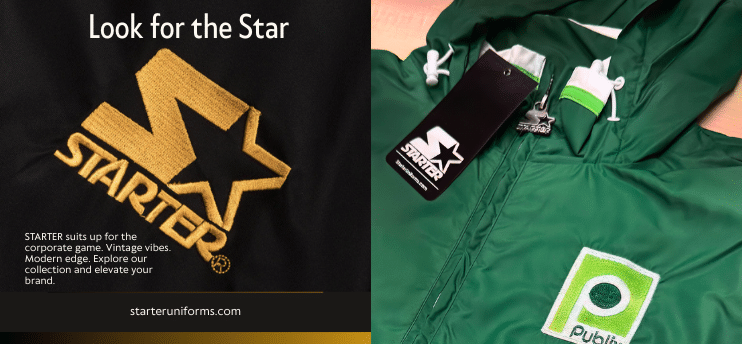The Consumer Product Safety Commission (CPSC) recently hosted a webinar titled “Breaking Down Reese’s Law,” which provided plenty of information for promotional products professionals who manufacture or distribute button cell or coin batteries.
Enacted in 2022, Reese’s Law mandates that the CPSC implements federal safety requirements for button cell or coin batteries, as well as consumer products containing such batteries.
- These requirements don’t apply to zinc-air button cell or coin batteries, or toy products for children under 14 if the products comply with the Toy Standard.
Additionally, the law requires that any button cell or coin battery offered for sale, manufactured for sale, imported into the U.S. or included separately with a consumer product, meet the child-resistant packaging requirements in the Poison Prevention Packaging Standards.
Performance Requirements
Consistent with Reese’s Law, the mandatory standard – ANSI/UL 4200A-2023 – requires either the use of a tool, such as a screwdriver or coin to open the battery compartment, or the application of at least two independent and simultaneous movements to open by hand.
- “Try Me” buttons (including those in retail displays) are within the scope of the final rule because they’re intended to be used by consumers.
- The rule doesn’t allow for any exceptions for button cell or coin batteries that aren’t intended to be removable.
Additionally, such consumer products must pass a series of performance tests simulating reasonably foreseeable use or misuse. The eight tests include dropping, heating, crushing and manually replacing the battery, among other tests.
Labeling Requirements
The standard also includes labeling requirements for consumer products containing button cell or coin batteries, and labeling requirements for consumer product packaging.
- The labeling must be in English, prominent, easily discernible, permanent and follow the minimum size requirements.
Packaging and any accompanying literature must include warnings.
- Products with surfaces that don’t allow for labeling must either have packaging that bears the full labeling or use a hangtag or sticker that bears the full labeling affixed to the product.
Furthermore, every domestic manufacturer or importer of a product subject to a mandatory consumer product safety rule must issue a certificate of compliance that they meet the rule based on testing.
Safety Hazard
According to the CPSC, the consequences of a child swallowing a button cell or coin battery can be immediate and deadly. The tiny batteries can burn through a child’s throat or esophagus in as little as two hours if swallowed.
- From 2011 through 2021, the CPSC is aware of 27 deaths and an estimated 54,300 injuries treated in emergency rooms associated with ingested or inserted button cell or coin batteries.
The movement to promote child safety regarding button cell and coin battery ingestion was spearheaded by Trista Hamsmith, whose 18-month-old daughter Reese Hamsmith died from injuries sustained when she swallowed a coin cell battery in December 2020. Since that time, Hamsmith has worked tirelessly to protect other children from similar hazards.


